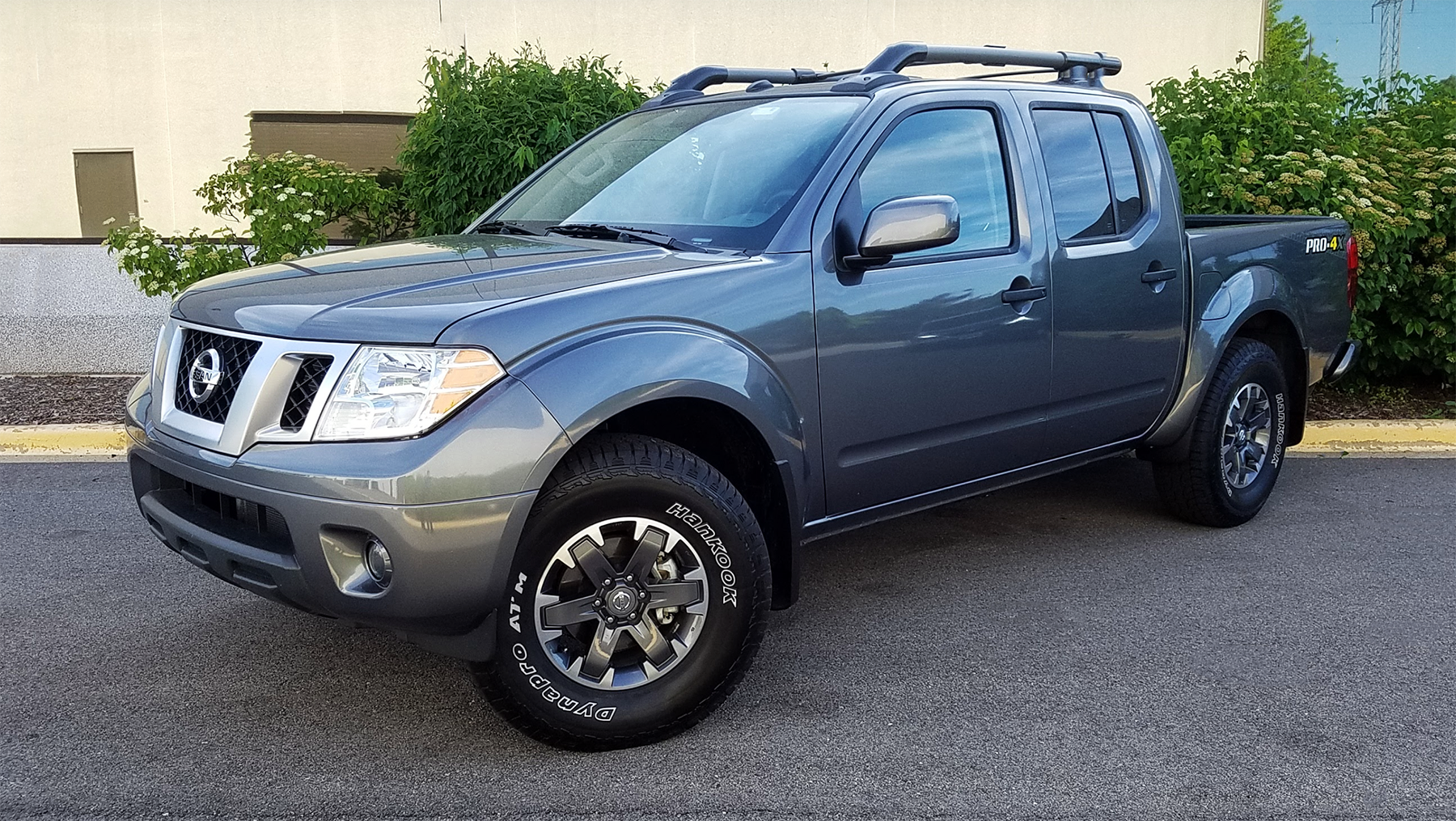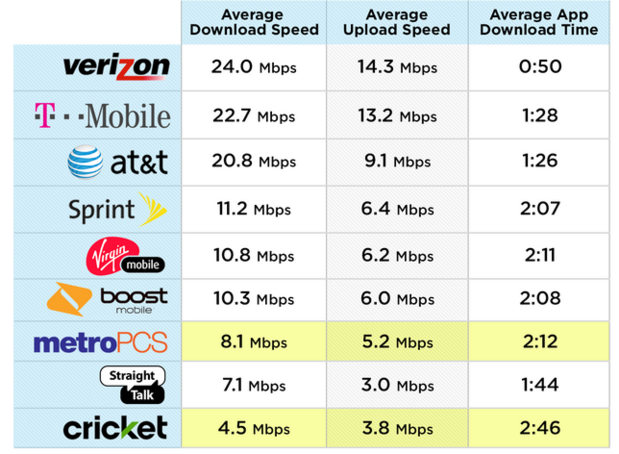
remain the property of their respective owners and are used by only to describe products and services offered by each respective trademark holder. Certain providers listed on our website offer us affiliate revenue, or a referral fee when you order their service.ĭisclaimer: is a website intended for research, review and comparison and, as such, falls under "Fair Use".
#Speedtest frontier update
We constantly update the website to provide you with the latest deals and accurate service provider information. We provide information collected from providers, the Internet, and government sources. You can reach out via Social (links below!) and we can make sure that you have the right hardware from us and even help you check the adapter in your computer is good to go.Affiliate Disclaimer: is a research and comparison website that generates revenue to continue operating and data collection services through affiliate sales and referral fees. For Ethernet that would be 2.5GBase-T and for MoCA that would be MoCA 2.5. You would need to make sure that every interface from the router to your computer was capable of at least 2Gig throughput. That doesn’t mean with our 2Gig service that you can’t use all that bandwidth for one computer. The primary use for our multi-Gig service isn’t necessarily for a single device to utilize and spike throughput for all of that available bandwidth but rather for today’s busy household to have all the bandwidth necessary for many users. This is the most common speed of Ethernet interface that you will find in devices today and generally speaking it should be fine for most use cases. There are a few possibilities at play here, but the most likely one is that the Ethernet interface on the machine you’re testing with may be limited to the 1 Gig. Having plenty of bandwidth on tap for bursts of big downloads and more importantly, sharing with all your connected devices, is where our multi-Gig connectivity really shines! Thanks for the question! ^Michael Fast Wi-Fi is great, but the primary use case should focus on the convenience and portability over the raw throughput, so even if one device is only seeing 300-400Mbit/s a room or two away, in real world use it’s unlikely you would notice any issues, particularly when considering that 4k UHD streaming, the most common use of bandwidth in today’s connected home, only requires about 25Mbit/s. It will always be faster and have lower latency. Ideally, if ultimate performance is desired, a wired connection is the way to go.

Increases in distance, Wi-Fi signals must obey the inverse square law, and physical obstructions will also have a significant impact. Any type of radio frequency interference from any source in the 2.4ghz, 5ghz, and 6ghz (6E) bands will impact performance of a wireless signal. The real consideration are those conditions. Wi-Fi 6E can even exceed 2Gbit/s of true throughput in ideal conditions. This is a great question, Adam! Wi-Fi 6/AX is capable of breaking the gigabit threshold in true throughput. 5GBase-T would also work, as would 10GBase-T but this could also become cost prohibitive as these Ethernet adapters are not as ubiquitous as Gigabit Ethernet because there is rarely a need for a single device to need more than Gigabit throughput.

You would want to find a USB-A (not C) 3.1 2.5GBase-T Ethernet adapter, or faster.
#Speedtest frontier series
Since Microsoft puts Gigabit Ethernet on the Xbox series X, it may not work with USB adapters, but then again, it may. With all of that said, this would be an interesting experiment. The real intent, of which, is to have monster amounts of bandwidth available to many users with high bandwidth needs under one roof rather than one person saturating that entire connection. Chances are you wouldn’t see much faster downloads, either, as I suspect Microsoft’s servers are going to load balance and max out on their side well below what your bandwidth is capable of with our 2Gig service. Stability and very low latency, also attributes of Frontier Fiber, are far more important. In fact, the amount of bandwidth needed while playing a game is really quite low. Let me first start by saying there is really no reason to do this, but it may be fun to try! For gaming, increased bandwidth beyond the 950Mbps you would get from Gigabit Ethernet would provide no observable difference when it comes to in-game performance.


 0 kommentar(er)
0 kommentar(er)
